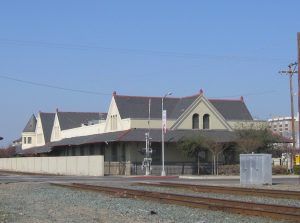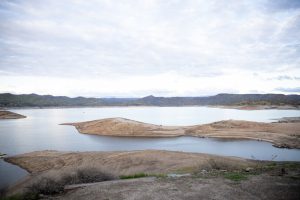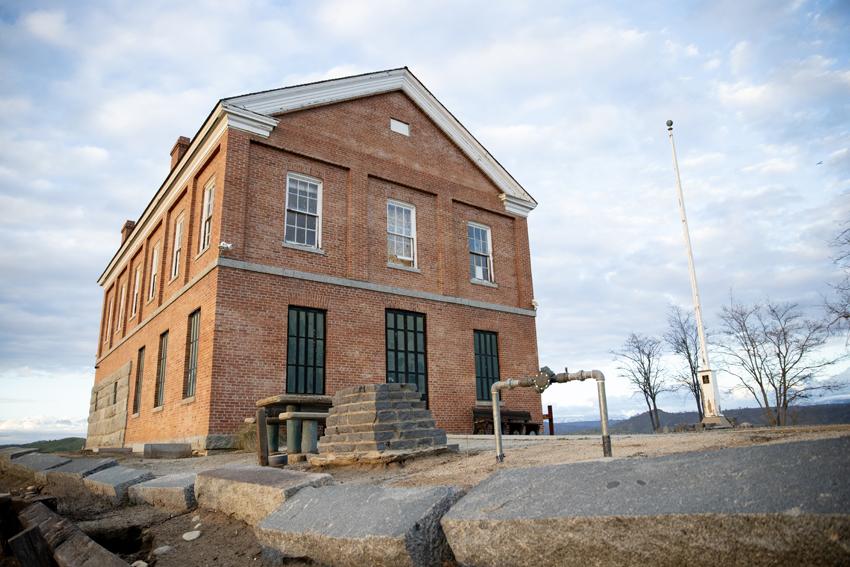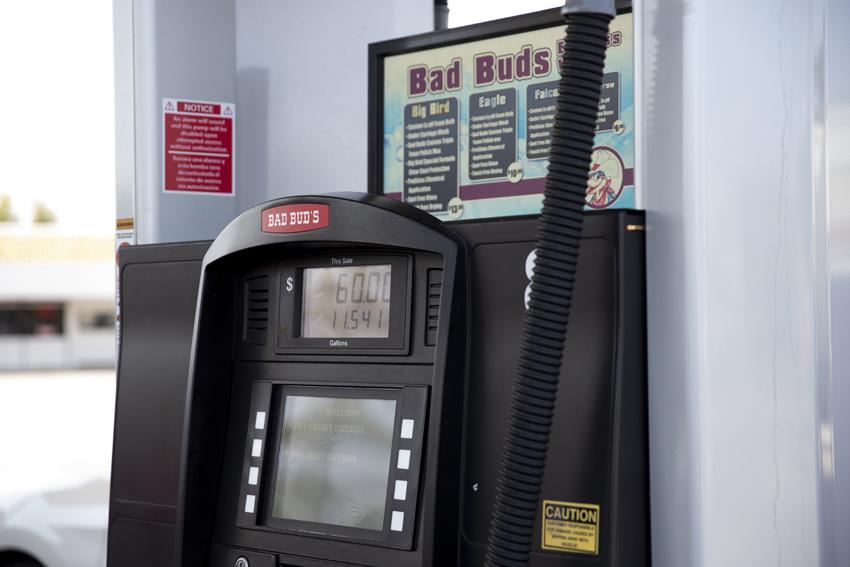Prior to the founding
Fresno City’s history began over a century ago. During the mid-1800s, the United States firmly believed in Manifest Destiny. This ideology gave the US the divine right to spread its control over North America. In 1848, the US ended a war with Mexico, causing Mexico to cede multiple territories, including California.

On January 24, 1848, the gold rush began. Many people migrated west for opportunity and wealth during this time. As people flooded in, demand for transportation across the U.S. sprouted.
Over time, railroad companies began increasing their size to meet the needs of transportation. Eventually, a new ambitious demand grew; the call for a transcontinental railroad connecting the industrialized east to the recently obtained west.
As a surplus of people migrated to California for gold, these migrants created new settlements to accommodate themselves. Gold miners explored the San Joaquin river and eventually made a settlement known as Rootville. Soon after, the US military established a base called Camp Barbour nearby on May 26, 1851.
Leading up to the founding
As the military base expanded, the name changed to Fort Miller. In 1858 Fort Miller was abandoned by the military only to be reoccupied by the Union on August 22, 1863. According to Ruhge, upon rediscovering the base, a General reported that the fort was “now occupied by the families of disloyal Confederate men using the building as dwelling houses.” In 1864 the base was abandoned, and in 1866 the US government sold it to the citizens of Rootville.
From 1851-1858, Rootville slowly incorporated Fort Miller. At some point, Rootville changed its name to Millerton. The town continued growing until 1862 when the Great Flood of 1862 struck Millerton, this marked the beginning of the town’s decline.
Meanwhile, the transcontinental began its production in 1863. The Central Pacific built the railroad from the west, while the Union Pacific built it from the east. On May 10, 1869, a man named Leland J. Stanford, the same man who founded Stanford University, drove the final spike of the transcontinental railroad.
As president of the Central Pacific Railroad Company, Stanford ran the company until 1893, focusing on California’s infrastructure. On Sept. 6, 1869, the transcontinental railroad connected to San Francisco. Nov. 8 of the same year, Sacramento also connected.
While this all occurred, Millerton began recovering from the flood that struck. In 1867, the town prospered, and new buildings were constructed, such as a new courthouse and jailhouse. However, on Christmas eve, the San Joaquin river flooded again, destroying 3/4ths of the city.
Leaving Millerton
After this second flooding, many moved away while few rebuilt what little they had. Lastly, in July 1870, a fire broke out in Millerton, incinerating the Henry Hotel.

According to Fresno’s modern government (2023), while at a scouting party, Stanford found a wheat field owned by Anthony Y. Easterby and stated, “Wonderful! Here we must build the town.” Then shortly after, in 1872 a new railroad station was erected on that field. This station is the first building ever built in modern-day Fresno.
In 1874, the citizens of Millerton desired to move away due to the constant fear of another flood. According to Vandor (1919), the people voted between Fresno, Lisbon, Centerville, and Millerton. In total, Fresno received 417 votes out of 757 people (p.152-153).
Founding Fresno
With the vote decided, the people abandoned Millerton leaving for Fresno. This event marked the first big growth of the city that Stanford thought of.
According to Elizabeth Laval, the President of the Fresno Historical Society, there was another proponent of this expansion.
“Theo Kearny, the original owner of Kearny mansion, owned roughly 5000 acres of land at the Fruit Vale Estate. With it, he helped facilitate the development of what is known as west Fresno by lending land to immigrants for agricultural purposes.”
The combination of Millerton migrants and Kearney’s actions made for the perfect conditions for a new city to emerge.
“Fresno became a county in 1856 with Millerton as the county seat,” Says Laval. “Fresno became a city in 1885 but was the county seat from 1874.”
Since the beginning of its existence, Fresno County has had its fair share of fascinating history and stories. Stories, for the most part, remain untold or unknown to the numerous people who call Fresno County their home.
To read more from The Feather, go to Susan Lynch lectures at San Joaquin Valley Town Hall or PROMO: Eighth Annual Valentine’s Concert.









